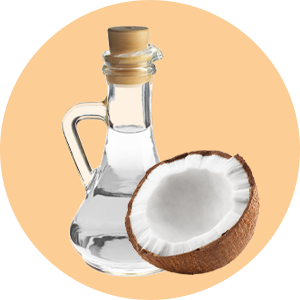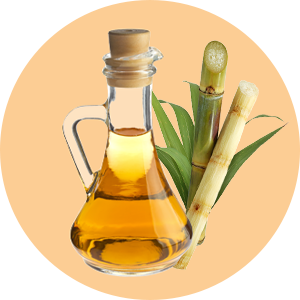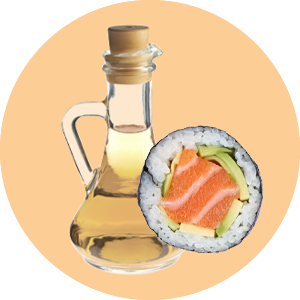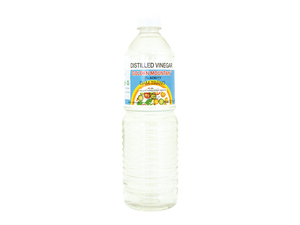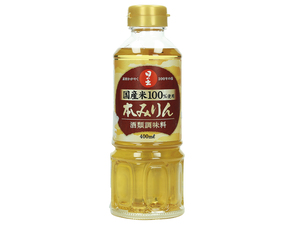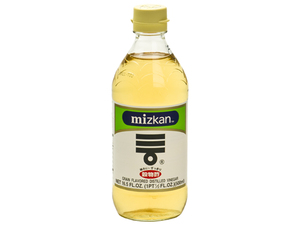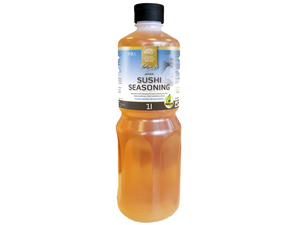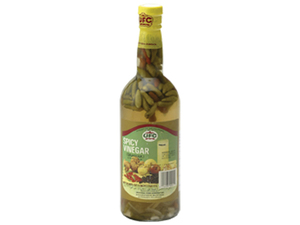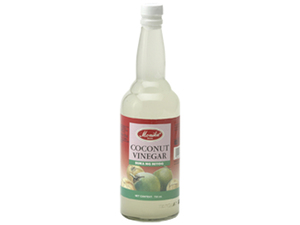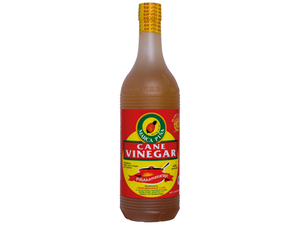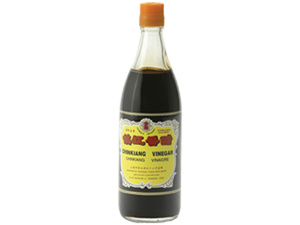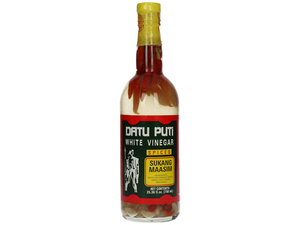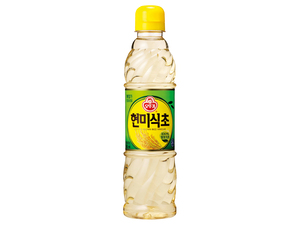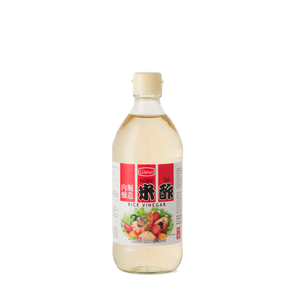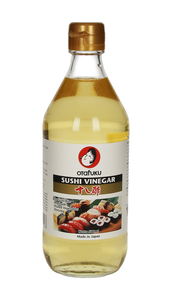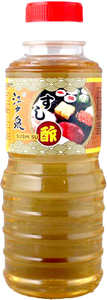

Catégorie
Vinaigre
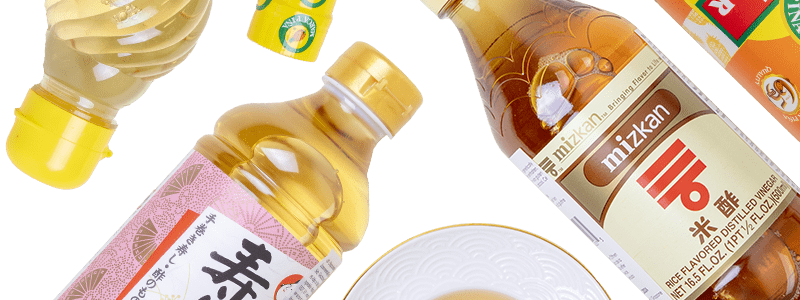
Populaire Vinaigre
Sous-catégories
Tout Vinaigre
24 produits trouvés dans Vinaigre
The Miraculous Versatility of Vinegar
In the world of domestic utility and culinary arts, vinegar stands as an incredible product, capable of transforming the most ordinary of tasks into extraordinary experiences. Uniquely crafted through the fermentation of ethanol by acetic acid bacteria, vinegar boasts a plethora of uses, demonstrating its sheer versatility. Enriching our culinary adventures, it adds a distinctive tart taste to our delectable dishes while providing an excellent base for marinades. Beyond the kitchen realm, its potent antimicrobial properties make it an ideal, eco-friendly alternative for household cleaning, making a striking difference in sparkling bathrooms to sanitized kitchens. Its acidic nature works wonders on stubborn dirt and grime while leaving behind no harmful residues, unlike conventional cleaning products. Moreover, vinegar's high dilution factor and role in horticulture contributes to its burstiness, with sporadic yet impactful uses across various contexts. With this unique and completely natural product, one can effortlessly switch from enhancing a gourmet dish to effectively tackling household chores, making vinegar a staple in every household.
Unveiling the Ingredients of Vinegar
Vinegar, a commonly used culinary staple, boasts a unique ingredient structure. Primarily, two important constituents shape its composition, fermentation materials and acetic acid. The fermentation process of natural sugars in fruits or grains, over time, results in the production of vinegar. The produced acetic acid gives vinegar its distinctive sharp flavor and potent scent. The burstiness of flavors and perplexity of uses, from food preservation to enhancing dishes, make this age-old condiment an essential in every kitchen. Understanding its ingredients provides insight into its culinary versatility and healthful properties.
Mastering the Art of Vinegar Production
The production of vinegar is an interesting process that intricately checks the complexities of fermentation. Vinegar stems from ethanol found in alcoholic beverages, where a two-step procedure converts it into acetic acid, following which it undergoes oxidation via acetic acid bacteria. This meticulous course prompts the creation of vinegar, which mass production optimizes for a plethora of culinary applications worldwide. Understanding the science behind its preparation, one can appreciate its versatile feature and the delicate art of its formation.

